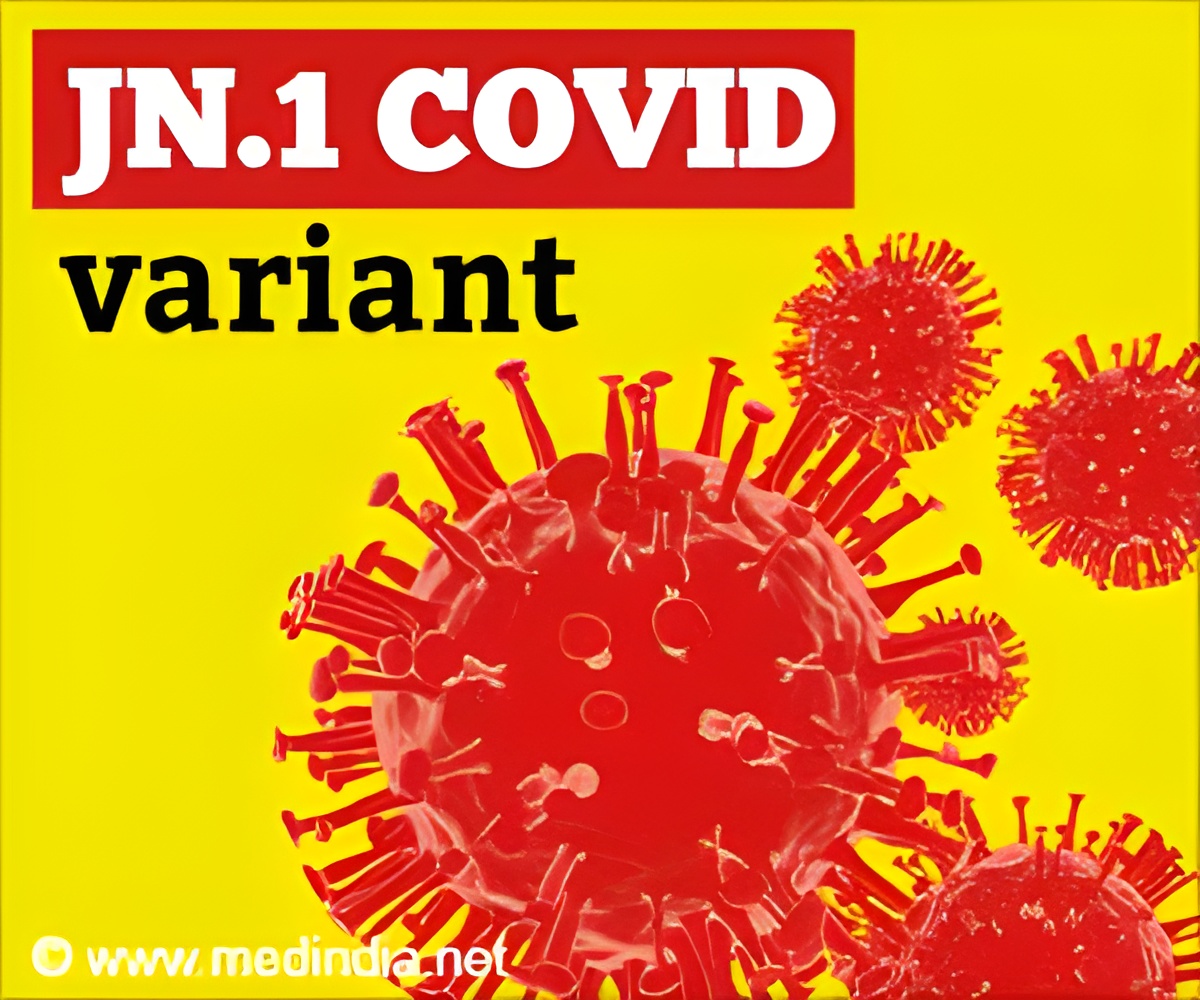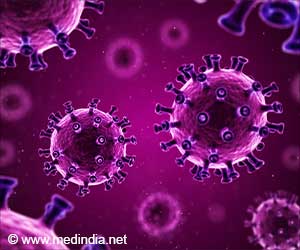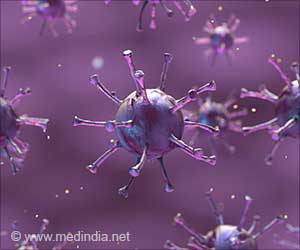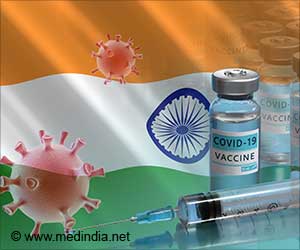The CDC's latest data points to a surge in JN.1 COVID variant cases, now ranging from 55% to 68%, up from the earlier 39% to 50% before Christmas in the US.

COVID-19 Activity Increases as Prevalence of JN.1 Variant Continues to Rise
Go to source)
Wastewater Surveillance Reveals 'Very High' COVID-19 Viral Levels in the US
Wastewater surveillance data also shows that Covid-19 viral levels in the US are “very high.” However, the CDC maintains that currently there is no evidence that JN.1 causes more severe disease. The agency also noted that current vaccines are expected to increase protection against JN.1.The CDC data also increase levels of respiratory illnesses with fever, cough and other symptoms. The JN.1 variant, classified as a variant of interest (VOI) by the World Health Organization (WHO) due to its rapid spread, is currently present in about 41 countries. It was first detected in Luxembourg in August. JN.1 is similar to its parent BA.2.86, but has an additional mutation (L455S) in the spike protein, which has immune-evasion properties.‘The CDC's estimates suggest a new range of JN.1 COVID variant cases between 55% to 68%, marking a notable rise from the previous data which indicated 39% to 50% of cases in the US before Christmas. #JN1 #COVIDvariant’





The CDC said that JN.1’s continued growth suggests that the variant is either more transmissible or better at evading our immune systems than other circulating variants.According to the CDC, JN.1 has also been detected in travelers, wastewater, and most regions around the globe. Reference:
- COVID-19 Activity Increases as Prevalence of JN.1 Variant Continues to Rise - (https://www.cdc.gov/respiratory-viruses/whats-new/JN.1-update-2024-01-05.html)















